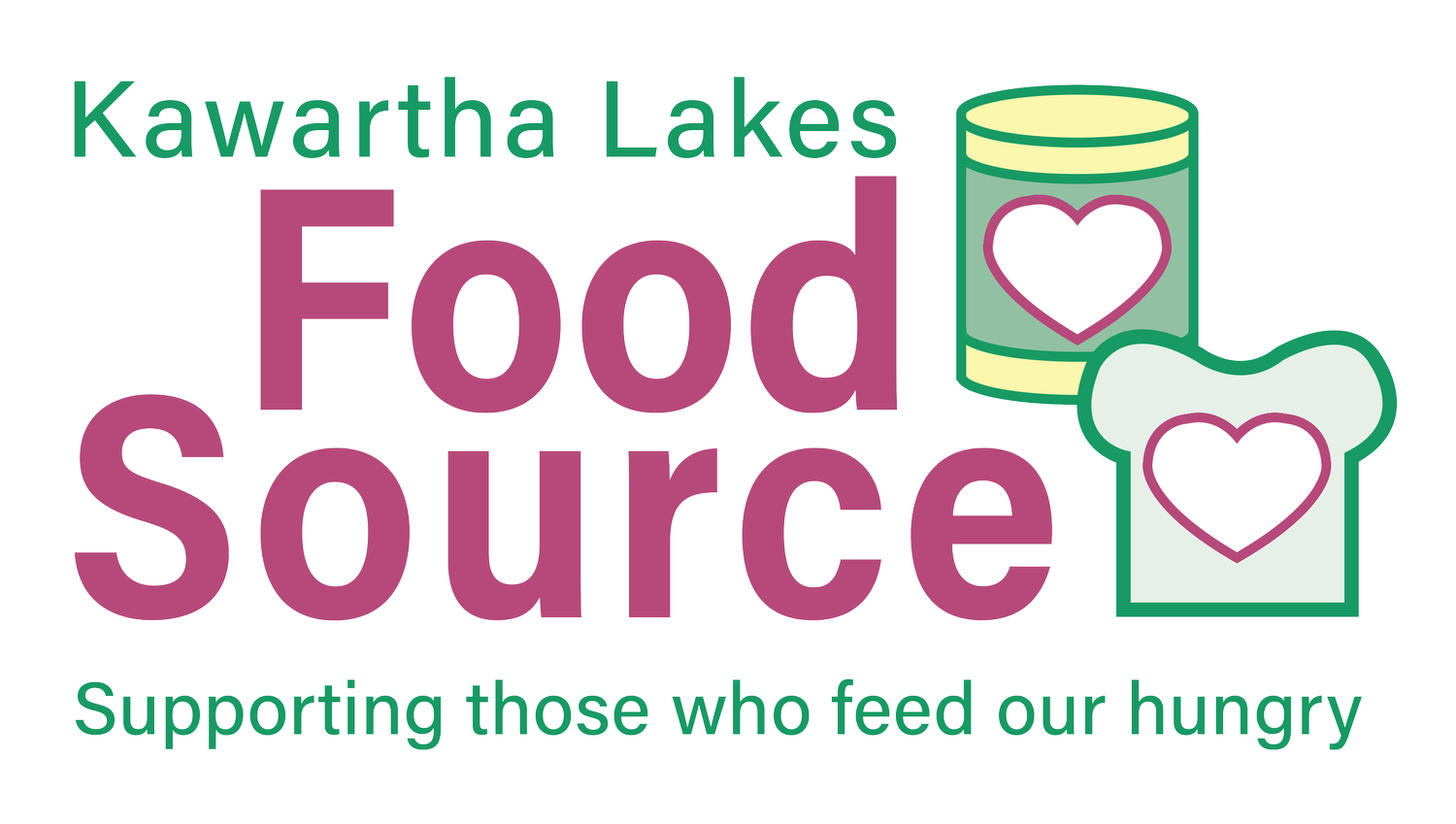KLFS RESPONDS TO FEED ONTARIO’S HUNGER MAP
On July 24th, 2019 Feed Ontario released a new study revealing hunger and food bank use rates across every electoral riding in Ontario. In partnership with Fleming College’s Geographic Information Systems program, they have created an interactive map that allows users to compare provincial electoral ridings, including information on Food Bank use, mean and median income, and housing.
The first of its kind in Ontario, the map is intended to inform policy makers and elected officials that hunger exists in every electoral riding, and to encourage the development of long-term, evidence-based solutions that address hunger and poverty in the communities they serve.
In 2018, Ontario’s food banks were accessed by 507,977 people who visited 3,033,970 times throughout the year. The three ridings with the highest per capita food bank use in the province are: Ottawa-Vanier, Hamilton Centre, and Thunder Bay-Atikokan. The study found that our riding, Haliburton-Kawartha Lakes-Brock, had 3,978 people visit a food bank out of a population of 113,960. 34% of these individuals are children, which is 1% above the provincial average.
The Kawartha Lakes Food Source stands with the following recommendations made by Feed Ontario. First, preserve and improve social assistance programming by retaining the current definition of ‘disability’, reduce the claw backs on earned income under OW and ODSP to 50%, and pass Bill 60 to set social assistance rates and policies based on evidence. Secondly, invest in affordable housing by repairing current units and building new ones. Lastly, create secure employment, improve economic opportunities, and implement policies to ensure that Ontarians have access to safe, secure, and well-paying jobs.
For more information and to use the map, please visit Feed Ontario Hunger Map.

